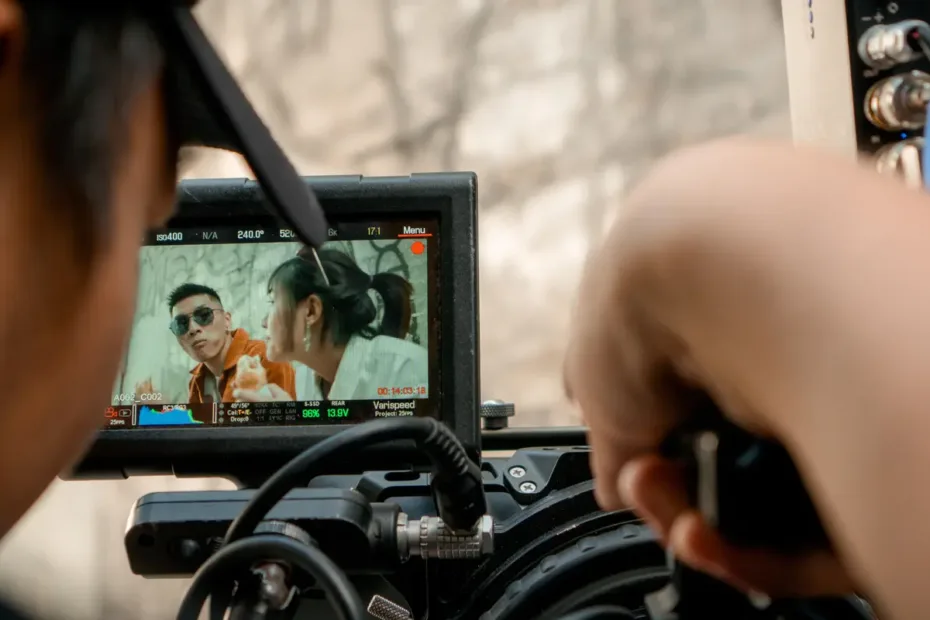Explore the research series
A series about improving issues of diversity in the characters that we see on our screens
The UK screen industry has a diversity (specifically, representation) problem which it has found difficult to solve. Progress has been made but structural inequalities remain.
| Representation is commonly defined as how the media portray individuals, social groups, events and issues to an audience. Computer vision is an interdisciplinary field that develops techniques to help computers ‘see’ or make sense of the visual world. For example, models can be trained to detect objects like faces in an image or video. |
Due to the persistent nature of the diversity issue, it’s crucial that we continue to evidence it. In this series of blogs, we explore whether and how computer vision might provide a new method of measuring on-screen representation. In particular:
- We argue that diversity evaluation needs to consider more than on-screen presence – it should also consider prominence and portrayal.
- We discuss the ethics of applying computer vision to study on-screen characters, via a conceptual framework for measuring on-screen representation. We argue that computer vision can be usefully applied to identify character occurrences, rather than demographic classification.
- We provide an illustrative example of measuring character prominence using a short video clip.
This blog series is an output of a pilot project conducted by Nesta in partnership with Learning on Screen. The project team consists of Raphael Leung (Principal Data Scientist, Nesta); Bartolomeo Meletti (Education and Research Executive, Learning on Screen); Dr Cath Sleeman (Head of Data Discovery, Nesta); Gabriel A. Hernández (Chief Digital Officer, Learning on Screen); and Gil Toffell (Academic Research Manager, Learning on Screen).
This output builds upon a presentation that Raphael and Bartolomeo gave at the International Federation of Television Archives (FIAT/IFTA) Conference 2020 and a short paper by Raphael for the IJCAI 2021 AI for Social Good workshop. It is also inspired by PEC research on generating more subtle, nuanced measures of creative diversity using machine learning, e.g. She said more, which analysed gendered pronouns that are male and female in news articles about the creative industries.
Image by Lê Minh
Related Research Reports
The impact of overseas mergers and acquisitions on UK video games industry
A new scoping study on the economic consequences and potential market failures The BFI’s Resear…
Post-Brexit migration and accessing foreign talent in the Creative Industries
The UK’s departure from the EU has changed the way that British firms trade and work with Euro…
12 facts about the UK’s international trade in creative goods and services
Worldwide exports of creative goods exceeded 500 billion USD in 2015, with a 150% increase since 200…
The migrant and skills needs of creative businesses in the UK
This report details the results of a survey of employers commissioned by the Creative Industries Cou…




